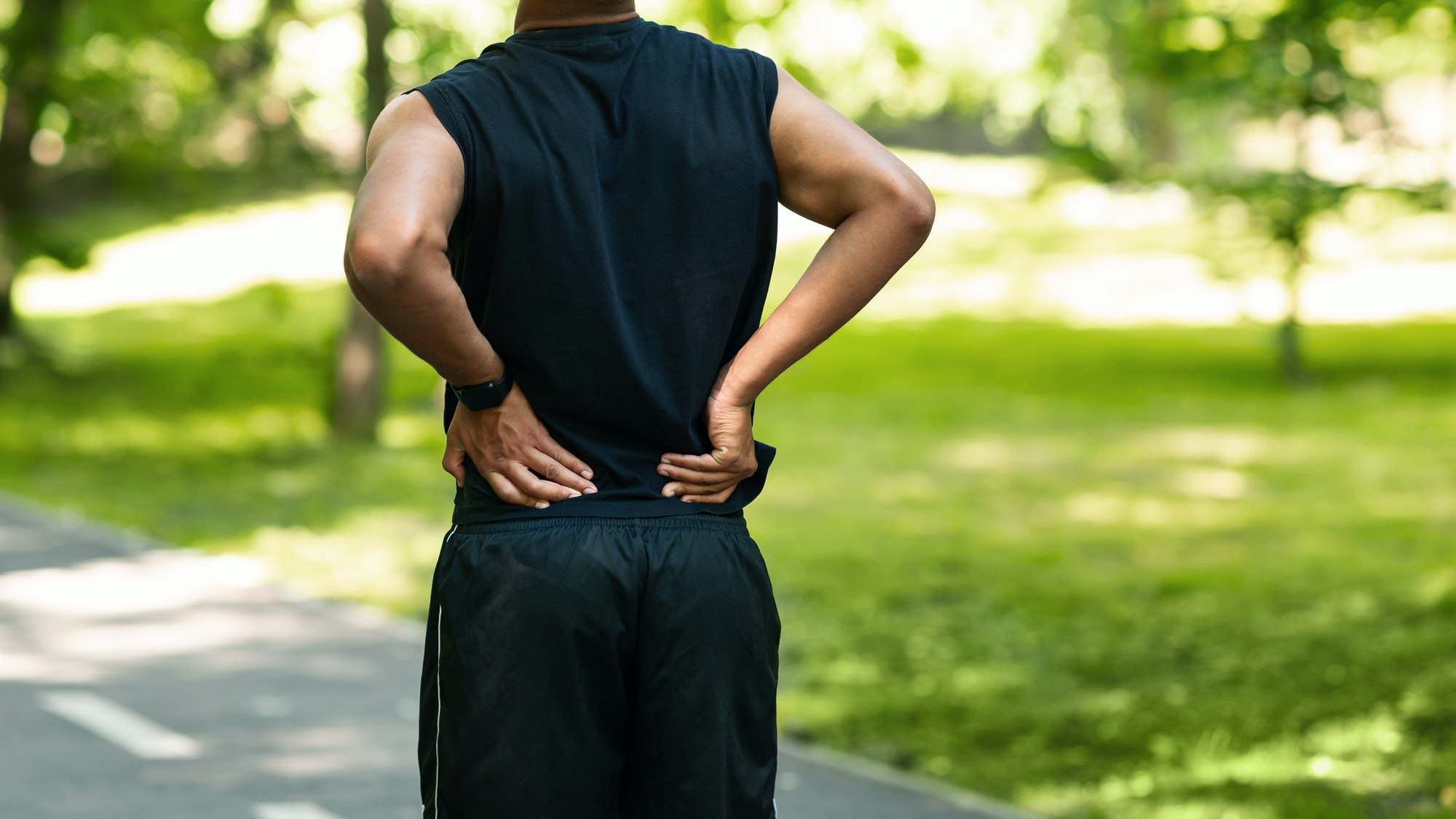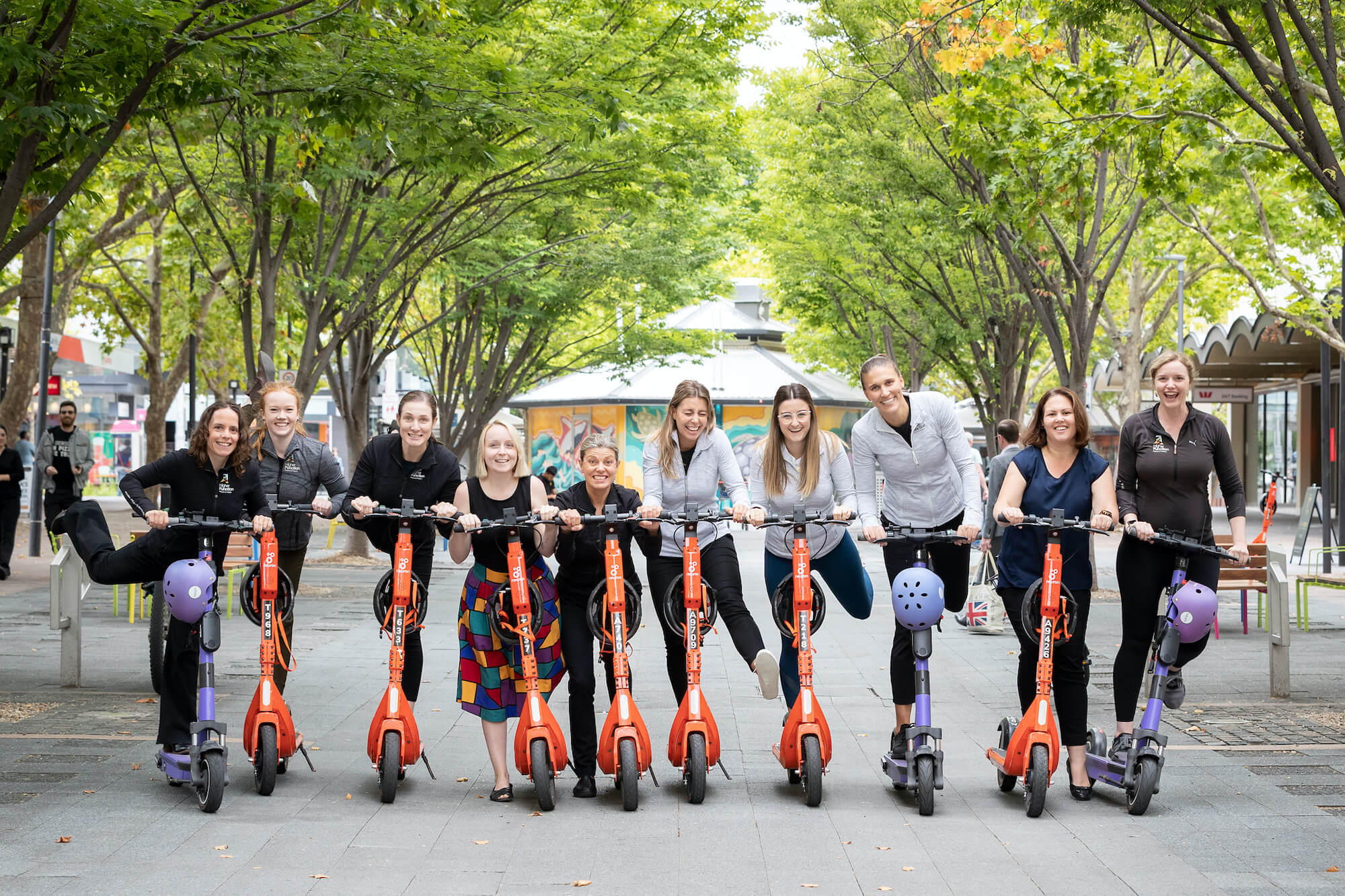By Janet Fabbri – Physiotherapist
Low back pain is complex! The best research evidence currently shows that exercise is the best treatment for persistent, or “Chronic low back pain “(LBP). All tissues in the body heal within 6 weeks (unless there in an underlying metabolic issue), and it has been proven that pain that lasting longer than 5-12 weeks is no longer coming from the tissues! (See our Insight about “Pain”).
LBP is the leading cause of disability in the world and affects 70-80% of people in industrialised countries at some point in their lives.
What causes LBP?
Disc degeneration is only one of the many factors that can contribute to chronic LBP, and degenerative changes are very common in people without LBP! One study showed up to 80% of asymptomatic adults showing disc degeneration on MRI. In a study looking at degenerative spinal changes in young Military men who left the Military due to LBP, that 30 years later, this was not associated with pain or disability, even though the degeneration was still present. 30 years later, 2/3 of this group who had previously had severe pain, had only mild or no LBP. However, some studies suggest that degenerative changes are associated with LBP. Therefore, current best practice is not to scan everyone with LBP (See our ‘Insight’ “Do I need a scan – Imaging for LBP”) unless it is indicated.
Ben Cormack, a Physio from Physio Network has identified evidence of a few other relevant factors contributing to LBP and some that are not:
- Increased trunk stiffness (due to excessive muscle spasm) and decreased range of movement ROM ( flexibility) and speed of lumbar movement ARE associated with LBP.
- Structural factors such as lumbar lordosis, pelvic tilt, leg length discrepancy and muscle length are NOT likely to be associated with LBP.
We also know that Chronic pain is worse in people who have depression.
What is the best treatment for chronic LBP?
It’s not even so much the type of exercise that is important, but rather doing more of any exercise consistently over time that has the best results. No one exercise has been shown to be superior to another for chronic LBP. Research suggests that Manual Therapy (mobilisation of joints and massage of muscles), as well as general strength and conditioning, such as with our Clinical Exercise Classes (Reformer and Matwork) which provide a variety of functional movements, strength, core stability, flexibility, and balance is optimal. Our classes are more than just core stability. Research tells us that Manual Therapy should not continue if your pain and function is not improving!
A recent study looking at lots of research: A Meta-Analysis of Core Stability Exercise versus General Exercise for Chronic Low Back Pain, (Wang et al. 2012), Concluded that: “Compared to general exercise, core stability exercise is more effective in decreasing pain and may improve physical function in patients with chronic LBP in the short term. However, no significant long-term differences in pain severity were observed between patients who engaged in core stability exercise versus those who engaged in general exercise.”
Another paper “Exercise interventions for the treatment of chronic low back pain: a systematic review and meta-analysis of randomised controlled trials” “found beneficial effects for exercise over thirty nine randomised controlled trials ( RCTs) with a small but SIGNIFICANT effects on lower back pain for both strength/resistance AND coordination/stabilisation programs. The largest effect size was seen with exercise programs that focused on the WHOLE body which tended to be strength/resistance based. The important take home here is that exercise interventions were deemed more beneficial than other treatments.” (Searl. A, Spink. M, Ho. Am Chuter. V, 2018).
If you have had a recent episode of LBP (less than 6-12 weeks ago) then Physio treatment of manual Therapy and specific exercises should help you recover. We can determine the cause of your pain, which can be diagnosed as either a nerve being caught or tethered in your spine, a pinched nerve from a disc bulge (e.g. Sciatica), stiff spinal joints, spasm in muscles that won’t release, or an imbalance in the muscle strength or stiffness of certain parts of the body causing other parts to compensate ,e.g. a stiff ankle from an old ankle sprain can cause you to change the way you walk and add abnormal loads to certain parts of the spine, and until the ankle issue is addressed, the imbalance in the spine or hips may not change.
LBP is complex and the best treatment is:
- Psychological and social support,
- Education and understanding not to worry about the MRI/Scan results that show degeneration in the spine, and not to be fooled by “quick fixes” … there is no “silver bullet”, and knowing not to rest in bed, but to remain active,
- Supervised exercise programs, which reduce pain and prevent future recurrences,
- Learning how to pace your aggravating activities – we can help you identify your baselines and help you to “Start low and go slow”,
- Reducing stress, maintain your usual activities,
- Addressing your beliefs about pain.
Our group Clinical Exercise Classes do this by providing a fun, supportive, social, supervised, corrective, educational small group experience, challenging your often long held incorrect beliefs and expectations about pain and movement, such as being fearful to move a sore back, thinking that you may do more “damage” to your spine. If it has been there for longer than 6 weeks, then it is usually safe. We progressively increase the difficulty of the exercises in line with your functional status and your goals.
Change takes time and with consistent practice your quality of life will improve, even if your pain doesn’t! Many of our patients who do regular Clinical Exercise Classes 2-3 times a week achieve the best outcomes, finding that their pain is better and that they are stronger and more functional, and able to do more of what they love.
References:
Wang. X, Zheng. J, Yu. Z, Bi. X, Lou.S, Liu. J, Cai.B, Hua.Y, Wu.M, Wei.M, Shen.H, Chen. Y, Pan.Y, Xu.G, Chen.P. (2012) A Meta-Analysis of Core Stability Exercise versus General Exercise for Chronic Low Back Pain. 10.1371/journal.pone.0052082. Epub 2015 Feb 13.
Searl. A, Spink. M, Ho. Am Chuter. V (2018) Exercise Interventions for the treatment of chronic low back pain: a systematic review and meta-anaylisis of randomised controlled trials.
Yang. H, Haldeman. S (2015) Behaviour Related Factors Associated with Low Back Pain in the US Adult Population. Arthritis Care Res (Hoboken)
Pinheiro, M.B, Ferreira. M, Refshauge.K, Ordonana. J.R, Machado.G, Prado. L, Maher.C, Ferreira. P. Symptoms of Depression and Rise of New Episodes of Low Back Pain: A Systematic Review and Meta-analysis.


